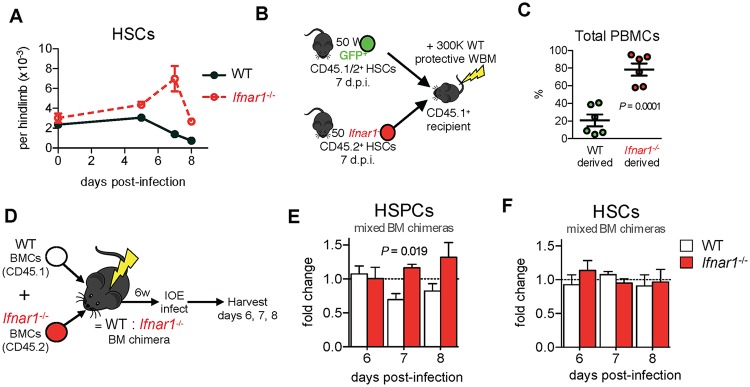Fig 2. IFNα/β reduce phenotypic and functional HSCs and HSPCs via direct and indirect mechanisms.
(A) HSCs, analyzed using the strategy in Fig 1C over time in WT and Ifnar1-/- mice, n = 4–14 mice/group, P < 0.0001 for Ifnar1-/- vs. WT by 2-way ANOVA. (B) Transplantation strategy used to test HSC function in IOE-infected WT and Ifnar1-/- mice. Equal numbers of HSCs (50) were sort purified and competitively transferred to irradiated recipients. (C) Repopulation of total peripheral blood mononuclear cells (PBMCs) by WT and Ifnar1-/- HSCs 16 weeks post-transplant. n = 6 recipient mice. (D) Generation of radiation-induced WT:Ifnar1-/- mixed BM chimeric mice. (E-F) Fold change in proportions of WT to Ifnar1-/- HSPCs and HSCs in infected WT:Ifnar1-/- chimeric mice 6–8 d.p.i., normalized to baseline chimerism. n = 3 mice/time point.

